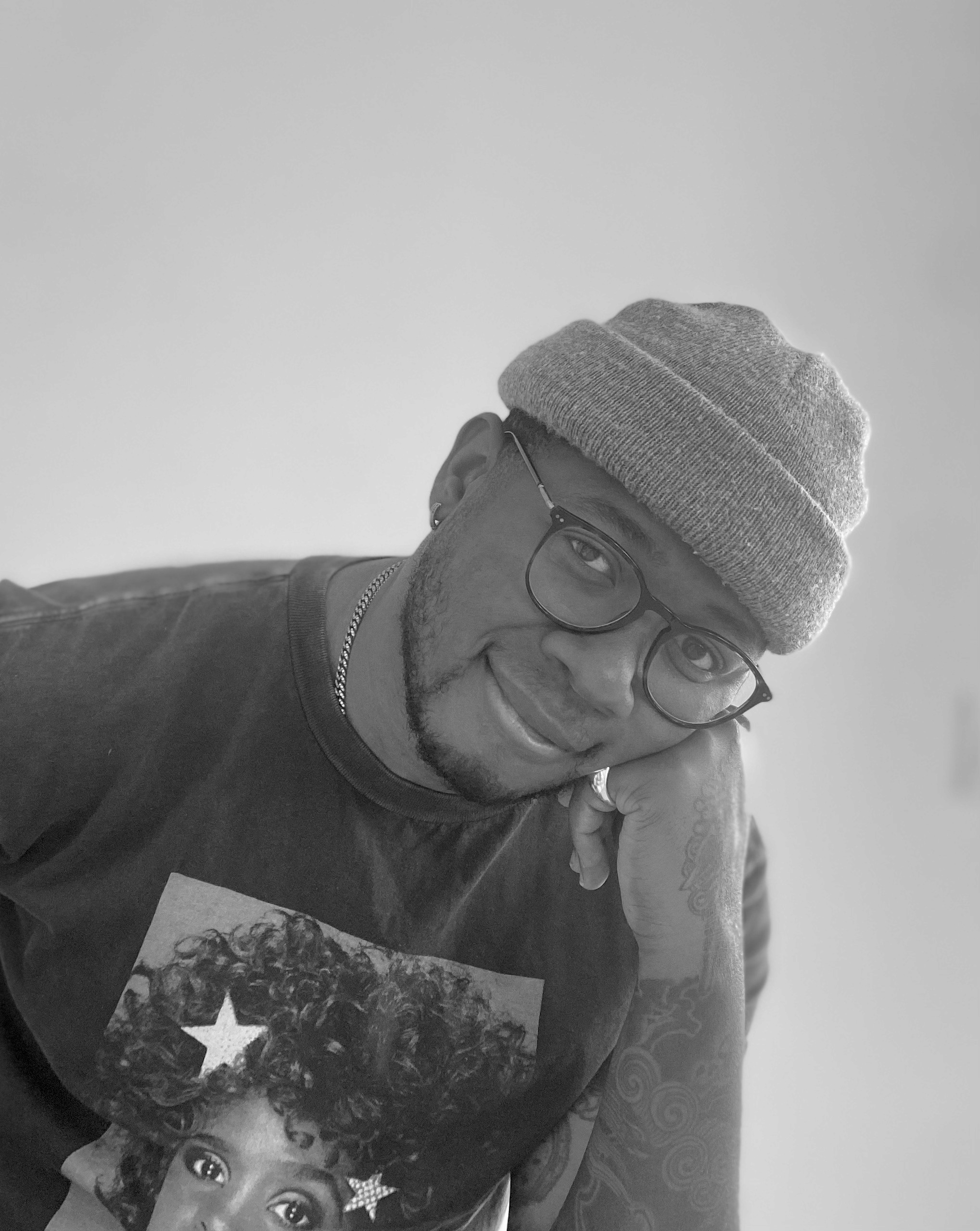
Added to Saved Homes
How much do you like this home?
Why do you like this home?
+Add Tag
Price
Size
Style
Save
Figma
Visual Design
Design Systems
Design Ops
User Research
Product Strategy
Technical Design
HTML
CSS
JavaScript
Prototyping
Design Engineering
Illustration
Icon Design
3D Design
Information Architecture
No-code Tools
Personifi Nominee
Everfi
Awarded quarterly to employees for doing impactful work and being even better humans to work with.
Website of the Day
Mindsparkle


Desmon is the real deal! Over the past few months we have formed a strong collaborative bond, leaning on them for support in our design and development projects. We know after working with Desmon that whether it be design or development, we will always get high quality work.
